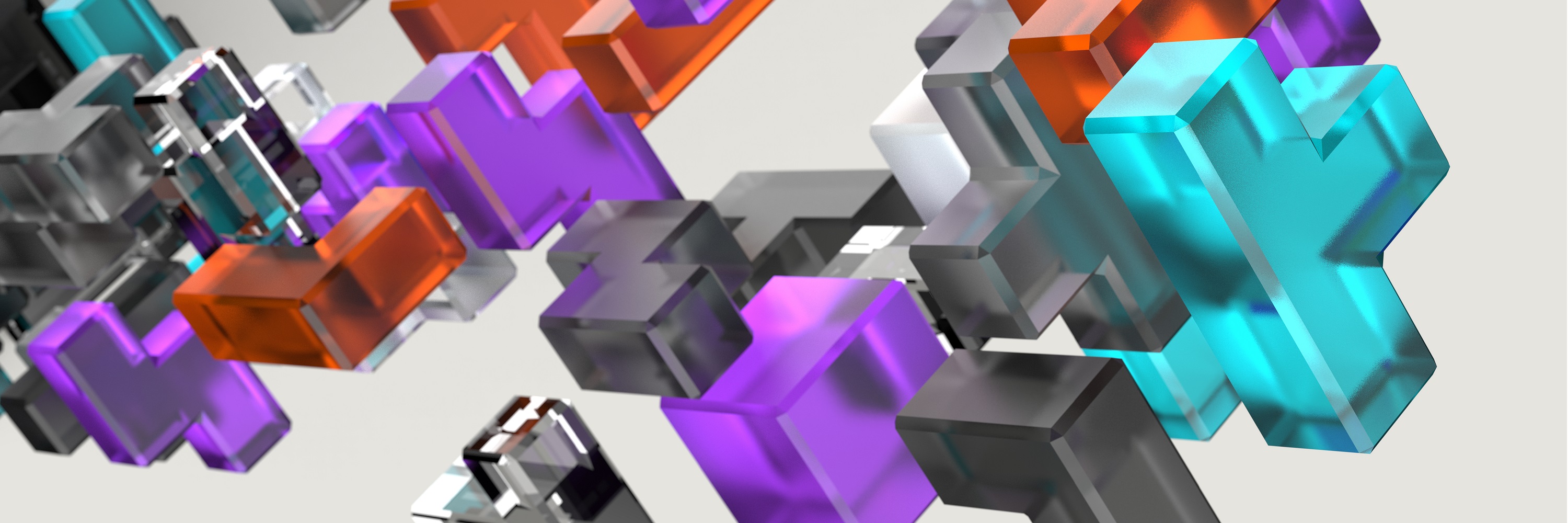
Design Can Do More Than Beautify
Design has been a central factor in corporate success, at least since the rise of Apple. What is less well known is that this success has European roots: In Germany, the Braun company proved it back in the 1950s. But how can design bring about sustainable transformation? Let’s take a step back from the idea of beautifying or increasing desirability. Only when design is understood as a strategy do perspectives open up for the development of the entire business.
Only when design is understood as a strategy do perspectives open up for the development of the entire business. Felix Guder
The Design Competence Model
The Design Ladder – From No Design to Design as Strategy
The theoretical basis for this is provided by the Design Competence Model. It relates design competence to the organizational, tactical and strategic levels of companies. Here, design is considered a discipline that also encompasses cognitive, social and meta-competencies. Let’s start at the bottom, on level one of the Design Ladder: Here, no one has started working with design methods yet. At level two, signs and symbols are designed first – the classic task of design. On level three, design is used to create processes. And finally, at level four, entire systems and environments are designed. Once there, design is holistically integrated into a company as a culture. You don’t necessarily have to climb the ladder all the way to the top. The individual levels build on each other in that the strategic use of design would at least be unattractive without an understanding of the aesthetic principles. But massive change and improvement can also be achieved through intensive engagement with individual rungs.
From Passive to Active – A Comparison
We assume that Company A has been successfully offering a product for years. In direct customer contact, it learns of new requirements and wishes as an opportunity to continuously adapt the product. The company is in a natural evolutionary process. It is on rung two of our ladder: It uses design to create a great product.
Company B, on the other hand, is constantly exploring the challenges facing its customers and knows from trend analyses what will be in demand in the future. Because it knows exactly what its options and capabilities are, it can develop new products repeatedly and very quickly and then expand them into ecosystems – which also offer a perfect customer experience. Company B is at stage 4: Design has fully arrived as a strategy in the corporate culture. Company B anticipates the future and proactively designs its products, processes and development.
Design Competence Is a Matter of Practice
More Design Competence = More Efficient Product Development
You don’t need a design degree to use design strategically. Everyone can design, most of us have simply forgotten how. So it’s time to bring the skills we thought we’d lost back to the surface. The good thing about it is that you can start right away. Every person in every position is able to design something.
When design is used to identify potential opportunities and risks at the very beginning of development processes, all subsequent development phases also benefit. More design competence therefore makes processes more efficient overall. And products and innovations reach the market faster.
Is Design Relevant For Your Company?
What is the status of design competence in your company? Whether and which competencies are available and how they are distributed can be determined for individual teams or the organization as a whole. To get started, answer the following questions to find out where your company is on the design ladder, where it wants to go, and what it needs to get there. After that, you might consider how you, too, can use design more strategically in the future.
- Where do you stand? How do you use their design in your company – what do they design?
- Where do you want to go? Define the products, processes, goals and values for which you need design as a strategic tool.
- What do you need for this? Do you already have a design department? Perfect, that’s the ideal prerequisite! If not, now would be a good time to think about which players could make up a design team.
